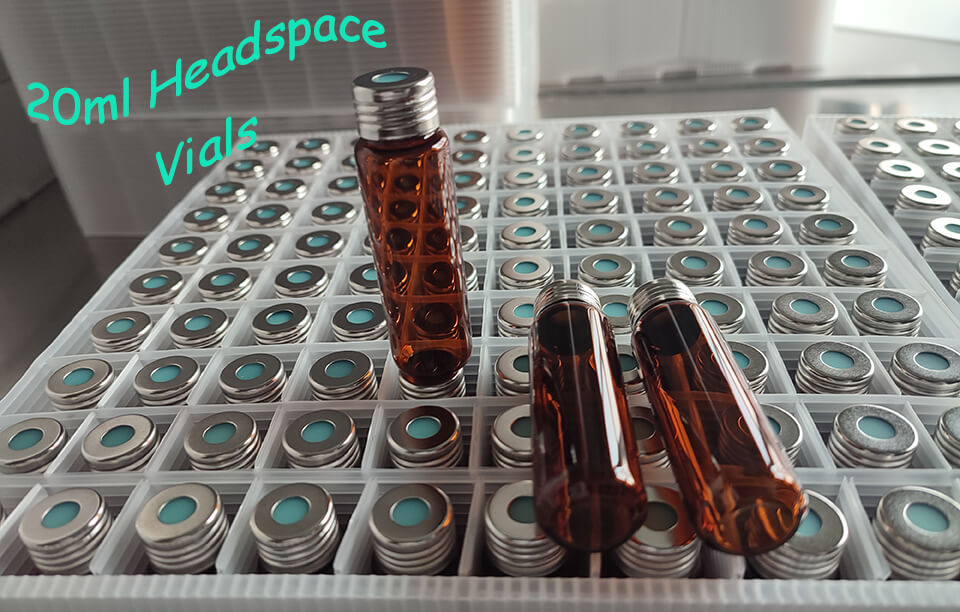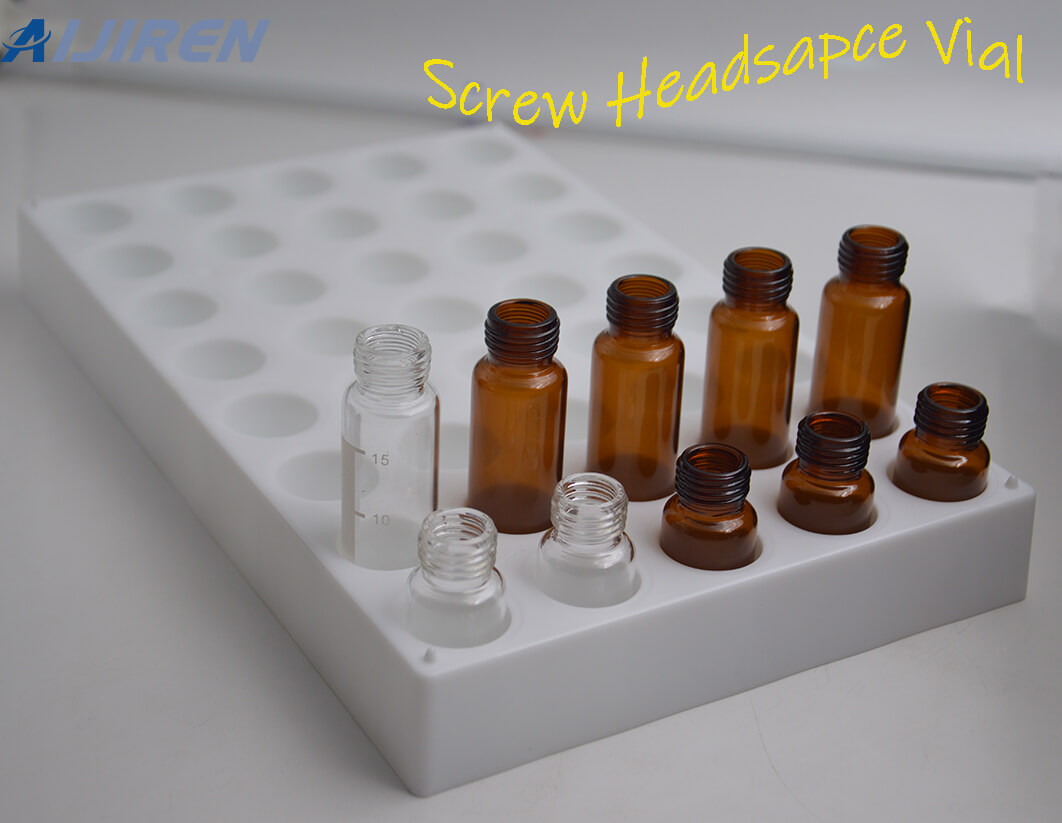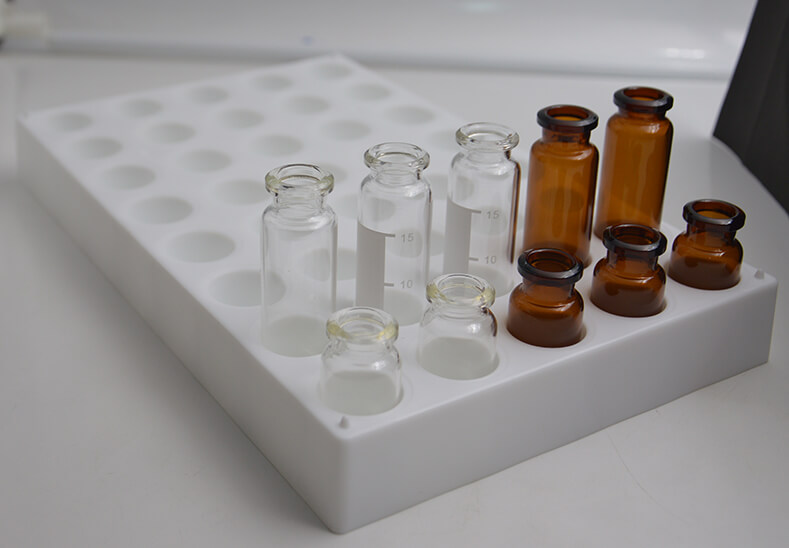Do you know Headspace Gas Chromatography?
1. Headspace Analysis Fundamentals
Headspace analysis is to determine the content of these components in the original sample through the gas composition above the sample matrix. Headspace analysis can be thought of as a gas-phase extraction method that uses gas as a “solvent” to extract volatile components from a sample. The sensitivity of headspace analysis is relatively high, which can meet the requirements of regulations, and as an analysis method, headspace analysis only takes the gas phase for analysis, which greatly reduces the interference of the sample matrix on the analysis.

2. Basic Types of Headspace Gas Chromatography
(1) Dynamic Headspace Gas Chromatography
This method uses an inert gas to pass into a liquid (or solid) sample, sweeps out the volatile gaseous components, performs selective enrichment (adsorbents, cold traps, etc.), and then heats (or other methods) to The enriched gaseous components are carried by the carrier gas into a gas chromatographic column for separation and analysis, which is also called purge-and-trap gas chromatography.
(2) Static Headspace Gas Chromatography
Static headspace gas chromatography is to seal the sample in a container, place it at a certain temperature for a period of time to make the gas-liquid two phases reach equilibrium, and then take the gas phase part and enter it into GC analysis. Static headspace GC is also known as a gas phase extraction, that is, the content of volatile components in the original sample can be determined according to the analysis results of this sampling. If a second sampling is taken, the results will be different from the analysis of the first sampling. As a result, this is because the sample composition has changed since the first sampling, and this method is also our most commonly used headspace gas chromatography method.

3. Application of Headspace Gas Chromatography
Headspace chromatography technology is widely used in environmental detection (such as volatile halogenated hydrocarbons in drinking water and volatile organic compounds in industrial sewage), and detection of organic residual solvents in pharmaceuticals, food, forensic science, petrochemicals, packaging materials, It is widely used in the fields of coatings and wine industry analysis.
Headspace gas chromatography can also be used to determine solid polymers and polymer dispersions. This technique detects residual monomers much more sensitively than conventional methods of dissolving and reprecipitating polymers. Headspace gas chromatography is also a quick and easy way to test the chemical stability of polymers.

Any requirements, welcome to visit www.labanalyticaltesting.com.
Back to List
-
 下午4:09Weighing the Pros and Cons of PTFE/Silicone Septa
下午4:09Weighing the Pros and Cons of PTFE/Silicone Septa -
 下午4:05Decoding Vial Discard Guidelines: Ensuring Precision in Chromatography
下午4:05Decoding Vial Discard Guidelines: Ensuring Precision in Chromatography -
 下午5:01Navigating Micro Inserts for HPLC Vials: A Comprehensive Guide
下午5:01Navigating Micro Inserts for HPLC Vials: A Comprehensive Guide -
.jpg) 下午2:02Common faults and solutions of automatic samplers(2)
下午2:02Common faults and solutions of automatic samplers(2) -
 下午5:08Ensuring Sample Integrity: Navigating EPA Storage Vials Stability Guidelines
下午5:08Ensuring Sample Integrity: Navigating EPA Storage Vials Stability Guidelines

